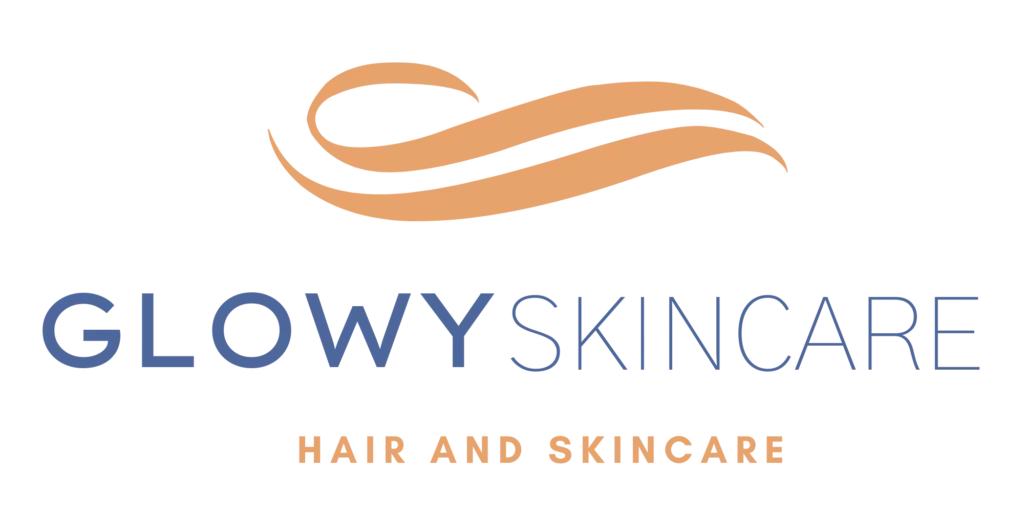Uncategorized
Tips to Prevent and Manage Ingrown Hairs: A Complete Guide
Achieve Smooth and Bump-Free Skin
Dealing with ingrown hairs can be frustrating and uncomfortable. Whether they occur after shaving, waxing, or epilating, ingrown hairs can cause redness, inflammation, and bumps on the skin. In this article, we’ll explore effective tips to prevent and manage ingrown hairs on different parts of the body, helping you achieve smooth and bump-free skin.
1. How Often Can You Get Laser Hair Removal?
Maximizing the Benefits of Laser Hair Removal
The frequency of laser hair removal treatments depends on factors such as hair type, skin color, and treatment area. Typically, individuals undergo a series of sessions spaced several weeks apart to achieve optimal results. Most dermatologists recommend starting with 6-8 sessions, with maintenance treatments as needed afterward. However, it’s essential to consult with a qualified provider to determine the best treatment plan for your specific needs and goals.
2. Tips to Prevent Ingrown Hairs
Achieving Smooth and Bump-Free Skin
Preventing ingrown hairs starts with proper hair removal techniques. Whether you shave, wax, or epilate, it’s crucial to exfoliate the skin regularly to remove dead skin cells and prevent hair from becoming trapped beneath the surface. Additionally, using a sharp razor, avoiding overly tight clothing, and moisturizing the skin regularly can help reduce the risk of ingrown hairs. For those prone to ingrown hairs, products containing salicylic acid or glycolic acid can help exfoliate the skin and prevent hair follicles from becoming clogged.
3. Managing Ingrown Hairs
Relieving Discomfort and Promoting Healing
If you’re dealing with ingrown hairs, there are several steps you can take to manage them effectively. First, resist the urge to pick or squeeze ingrown hairs, as this can lead to further irritation and infection. Instead, gently exfoliate the affected area to help release trapped hairs and reduce inflammation. Applying a warm compress can also help soothe the skin and encourage ingrown hairs to come to the surface. In severe cases, a dermatologist may prescribe topical or oral medications to reduce inflammation and promote healing.
How can I prevent ingrown hairs after shaving?
To prevent ingrown hairs after shaving, exfoliate the skin regularly, use a sharp razor, shave in the direction of hair growth, and moisturize the skin afterward.
Can epilating cause ingrown hairs?
Yes, epilating can sometimes cause ingrown hairs, especially if the hair is pulled out at an angle or if the skin is not properly exfoliated before and after epilation.
What is the best way to remove ingrown hairs at home?
To remove ingrown hairs at home, gently exfoliate the affected area, apply a warm compress to the area, and use sterile tweezers to carefully lift the ingrown hair out of the skin.
Are there any products that can help prevent ingrown hairs?
Yes, there are various products available, such as exfoliating scrubs, ingrown hair serums, and moisturizers containing salicylic acid or glycolic acid, which can help prevent ingrown hairs by exfoliating the skin and preventing hair follicles from becoming clogged.
Conclusion
Dealing with ingrown hairs can be challenging, but with the right techniques and products, you can effectively prevent and manage them. By following the tips outlined in this guide, you can achieve smooth, bump-free skin and say goodbye to the discomfort of ingrown hairs.
